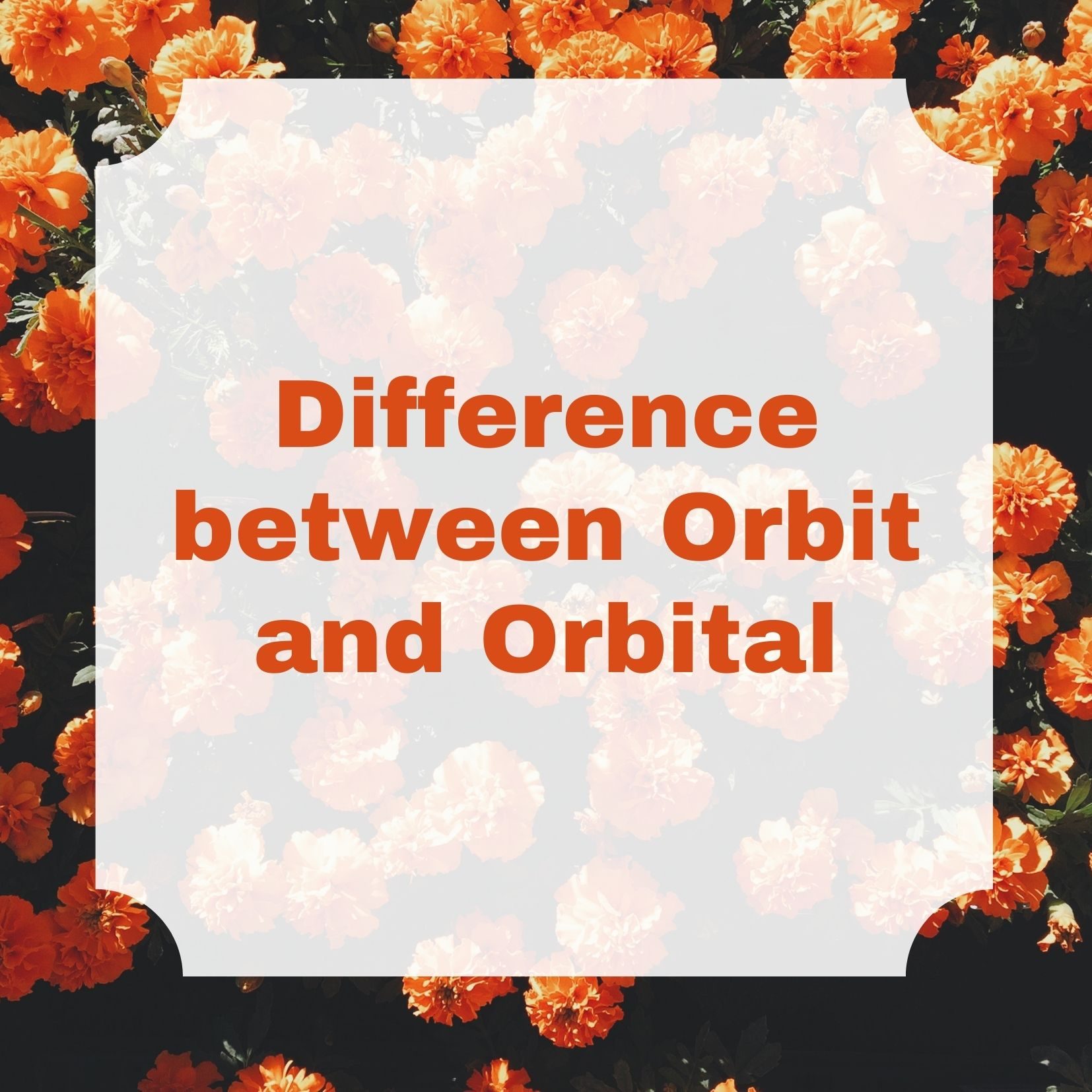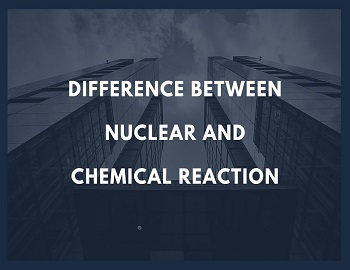Difference between Orbit and Orbital:
The following are the points of difference between Orbit and Orbital.
| Orbit | Orbital |
|---|---|
| An orbit is a well defined circular path around the nucleus in which the electron revolves. | An orbital is a three-dimensional space around the nucleus within which the probability of finding an electron is maximum (90.95%). |
| It represents a planar circular path in which an electron moves. | It represents a three-dimensional region in which electron density is more nearer to the nucleus. |
| All orbits are circular and disc-like in shape. | Different orbitals have different shapes i.e. s-orbitals are spherically symmetrical, p-orbitals are dum-bell shaped and son on. |
| Orbits do not have any directional characteristics. | All orbitals except s-orbitals have directional characteristics. |
| Orbit cannot explain the shape of molecules during bonding. | Orbital explain the shapes of molecules during bonding. |
| In an orbit, the position as well as the momentum of the electron can be known with certainty. | In an orbital, the position and the momentum of the electron cannot be known with certainty. |
| Orbit concept reflects the particle nature of the electron. | The orbital concept reflects both particle and wave character of an electron. |
| The maximum number of the electron in any orbit is given by 2n2 where ‘n‘ is the number of orbit. | An orbital cannot accommodate more than two electrons and those too revolving in opposite direction. |









Comments (No)